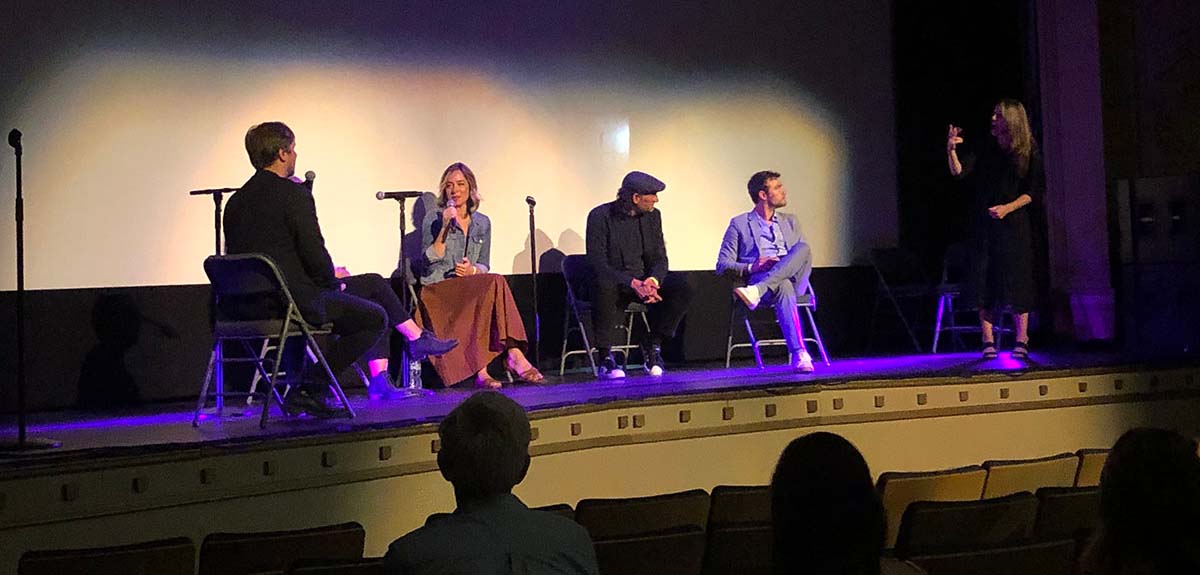
by Jen | Aug 24, 2022 | Film Screening, Imagine News
By Carl Hansen for IMAGINE News The Cabot Cinema in Beverly that shows CODA playing there I had the pleasure of being in Massachusetts when the Oscar-winning film, CODA, was screening at The Cabot event space in Beverly. (In fact, the ticket to the event was a gift...
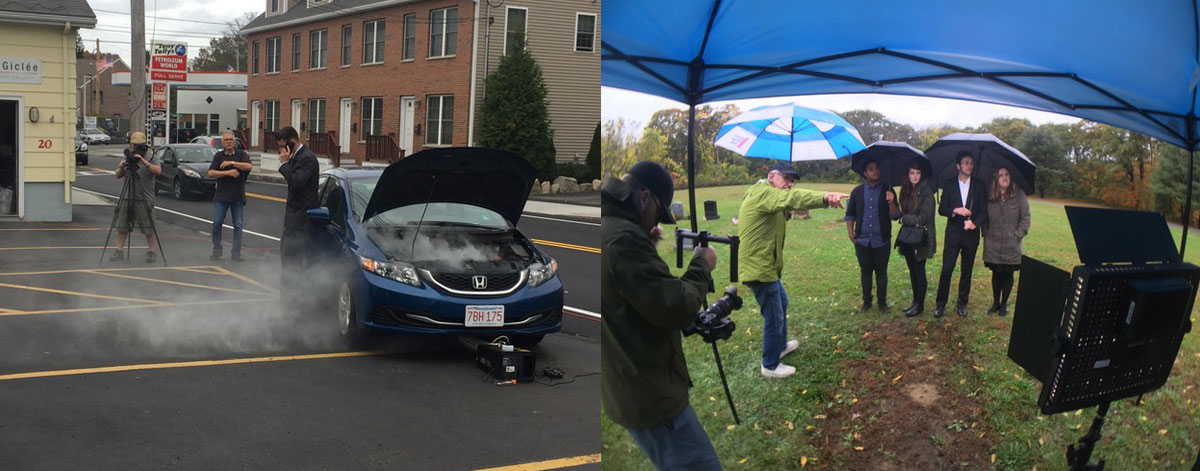
by Jen | Dec 2, 2017 | Imagine News
Beverly. Massachusetts video production company Ted Reed TV is working with the US Attorney’s Office Massachusetts District to create the pilot videos for the multi-platform public information campaign titled “#Resist The Risk.” The goal of the campaign is to inform...
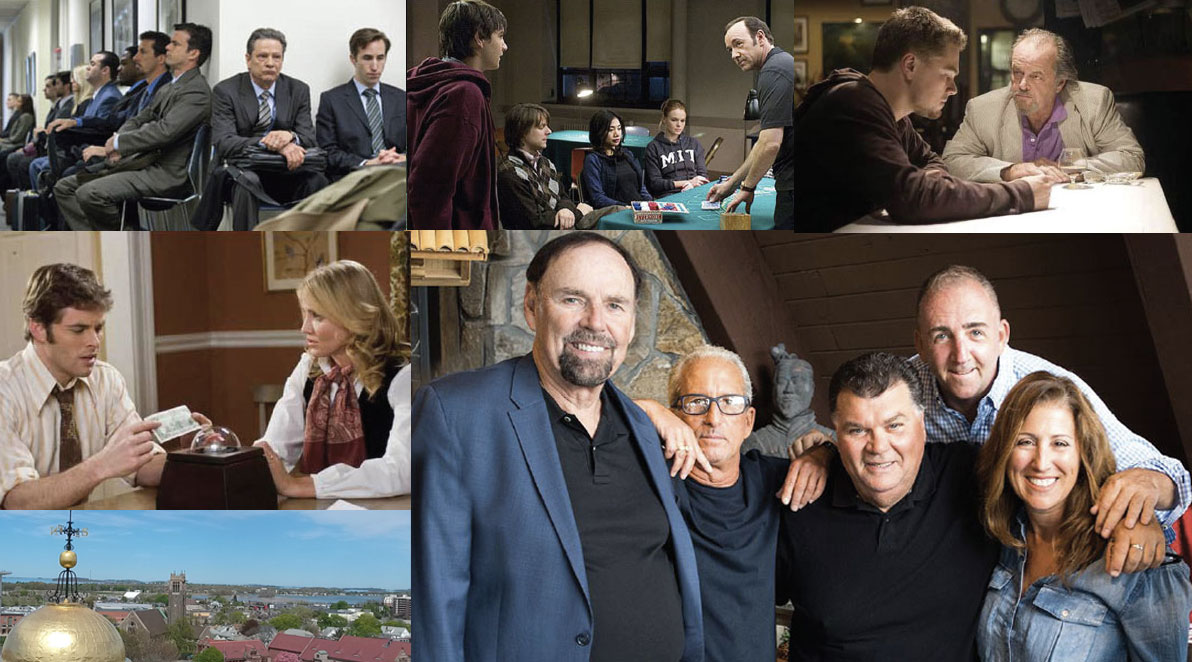
by Jen | Oct 12, 2017 | Imagine News
The City of Quincy, Massachusetts is known as “The City of Presidents” because founding father and second President of the United States John Adams and his eponymous son President John Quincy Adams lived here. John Hancock, a Quincy resident, successful merchant and a...
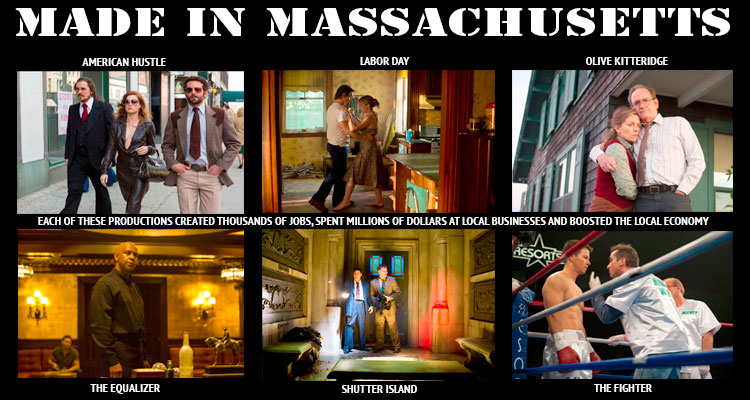
by Jen | Mar 25, 2015 | Imagine News, Industry Reports
First the good news: I am happy to report that my surgery early in March was a complete success! Cancer free and pathologies negative. It has been a long battle for me, but failing has never been an option in my mind. I still have radiation to go, but for now, I’m...
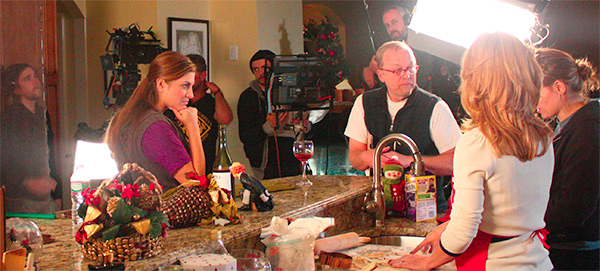
by Bill | Apr 14, 2014 | Imagine News
New film by Jim Ohm heads to the Film Festival Circuit in April Filmmaker Jim Ohm has spent over twenty years editing award-winning documentaries for Turner, National Geographic and PBS, and directed his own independent documentary film, “Spring Training,” about the...









